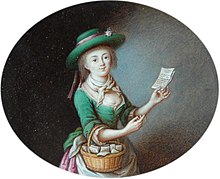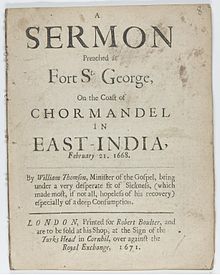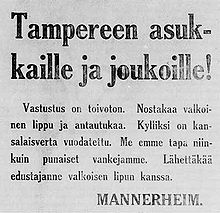
A book is a medium for recording information in the form of writing or images. Books are typically composed of many pages, bound together and protected by a cover. Modern bound books were preceded by many other written mediums, such as the codex and the scroll. The book publishing process is the series of steps involved in their creation and dissemination.
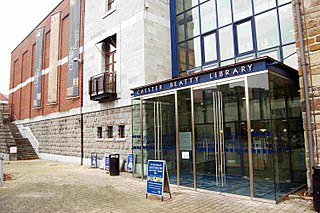
The Chester Beatty Library, now known as the Chester Beatty, is a museum and library in Dublin. It was established in Ireland in 1953, to house the collections of mining magnate, Sir Alfred Chester Beatty. The present museum, on the grounds of Dublin Castle, opened on 7 February 2000, the 125th anniversary of Beatty's birth and was named European Museum of the Year in 2002.
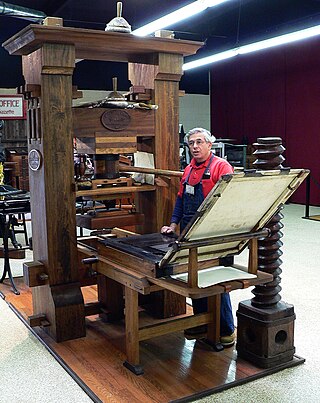
To publish is to make content available to the general public. While specific use of the term may vary among countries, it is usually applied to text, images, or other audio-visual content, including paper. Publication means the act of publishing, and also any copies issued for public distribution.

The National Library of Wales, in Aberystwyth, is the national legal deposit library of Wales and is one of the Welsh Government sponsored bodies. It is the biggest library in Wales, holding over 6.5 million books and periodicals, and the largest collections of archives, portraits, maps, and photographic images in Wales. The Library is also home to the national collection of Welsh manuscripts, the National Screen and Sound Archive of Wales, and the most comprehensive collection of paintings and topographical prints in Wales. As the primary research library and archive in Wales and one of the largest research libraries in the United Kingdom, the National Library is a member of Research Libraries UK (RLUK) and the Consortium of European Research Libraries (CERL).

A chapbook is a small publication of up to about 40 pages, sometimes bound with a saddle stitch.

Woodblock printing or block printing is a technique for printing text, images or patterns used widely throughout East Asia and originating in China in antiquity as a method of printing on textiles and later paper. Each page or image is created by carving a wooden block to leave only some areas and lines at the original level; it is these that are inked and show in the print, in a relief printing process. Carving the blocks is skilled and laborious work, but a large number of impressions can then be printed.
Saint Pamphilus, was a presbyter of Caesarea and chief among the biblical scholars of his generation. He was the friend and teacher of Eusebius of Caesarea, who recorded details of his career in a three-book Vita that has been lost.

A brochure is a promotional document primarily used to introduce a company, organization, products, or services and inform prospective customers or members of the public of the benefits. Although, initially, a paper document that can be folded into a template, pamphlet, or leaflet, a brochure can also be a set of related unfolded papers put into a pocket folder or packet or can be in digital format.

The National Széchényi Library (OSZK) is a library in Budapest, Hungary, located in Buda Castle. It is one of two Hungarian national libraries, the other being University of Debrecen Library.
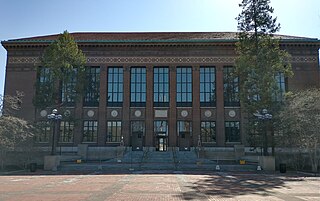
The Labadie Collection at the University of Michigan, originating from the collection of radical ephemera built by Detroit Anarchist Jo Labadie, is recognized as one of the world's most complete collections of materials documenting the history of anarchism and other radical movements from the 19th century to the present.

The Working Class Movement Library (WCML) is a collection of English language books, periodicals, pamphlets, archives and artefacts, relating to the development of the political and cultural institutions of the working class created by the Industrial Revolution, in Salford, Greater Manchester, England.

Folded leaflets are usually used for advertising or marketing purposes, or for information supplementary to labels. There are many types of folds; only the most popular types are listed here. Although it is difficult to put a date on when some of these folds were first used, it is evident that their popularity boomed when the first mass production printers were introduced.

The Wienbibliothek im Rathaus, formerly known as the Wiener Stadt- und Landesbibliothek, is a library and archive containing important documents related to the history of Vienna, Austria. Founded in 1856, the library, which also contains a large collection of local memorabilia, is located in the Rathaus in the Innere Stadt first district of the city, and is the official library of the city and state of Vienna.

Bookbinding is the process of building a book, usually in codex format, from an ordered stack of paper sheets with one's hands and tools, or in modern publishing, by automated processes. Firstly, one binds the sheets of papers along an edge with a thick needle and strong thread. One can also use loose-leaf rings, binding posts, twin-loop spine coils, plastic spiral coils, and plastic spine combs, but they last for a shorter time. Next, one encloses the bound stack of paper in a cover. Finally, one places an attractive cover onto the boards, and features the publisher's information and artistic decorations.

The William L. Clements Library is a rare book and manuscript repository located on the University of Michigan's central campus in Ann Arbor, Michigan. Specializing in Americana and particularly North American history prior to the twentieth century, the holdings of the Clements Library are grouped into four categories: Books, Manuscripts, Graphics and Maps. The library's collection of primary source materials is expansive and particularly rich in the areas of social history, the American Revolution, and the colonization of North America. The Book collection includes 80,000 rare books, pamphlets, broadsides, and periodicals. Within the other divisions, the library holds 600 atlases, approximately 30,000 maps, 99,400 prints and photographs, 134 culinary periodicals, 20,000 pieces of ephemera, 2,600 manuscript collections, 150 pieces of artwork, 100 pieces of realia, and 15,000 pieces of sheet music.

E-hon is the Japanese term for picture books. It may be applied in the general sense, or may refer specifically to a type of woodblock printed illustrated volume published in the Edo period (1603–1867).

The following outline is provided as an overview of and topical guide to books:
Long-form journalism is a branch of journalism dedicated to longer articles with larger amounts of content. Typically, this will be between 1,000 and 20,000 words. Long-form articles often take the form of creative nonfiction or narrative journalism.

Beit Ariela Shaar Zion Library is the central public library in Tel Aviv.

The Slavonic Library in Prague is a publicly accessible specialised research library for the field of Slavic Studies. It is one of the largest and most important Slavic libraries in Europe. Since its foundation in 1924, it has been systematically complementing, processing and making accessible its collection of world research Slavic literature and selected original production of Slavic authors. Its depositories contain more than 850,000 volumes of library documents, a collection of maps, posters, visual and artistic materials, and numerous collections of special documents.
